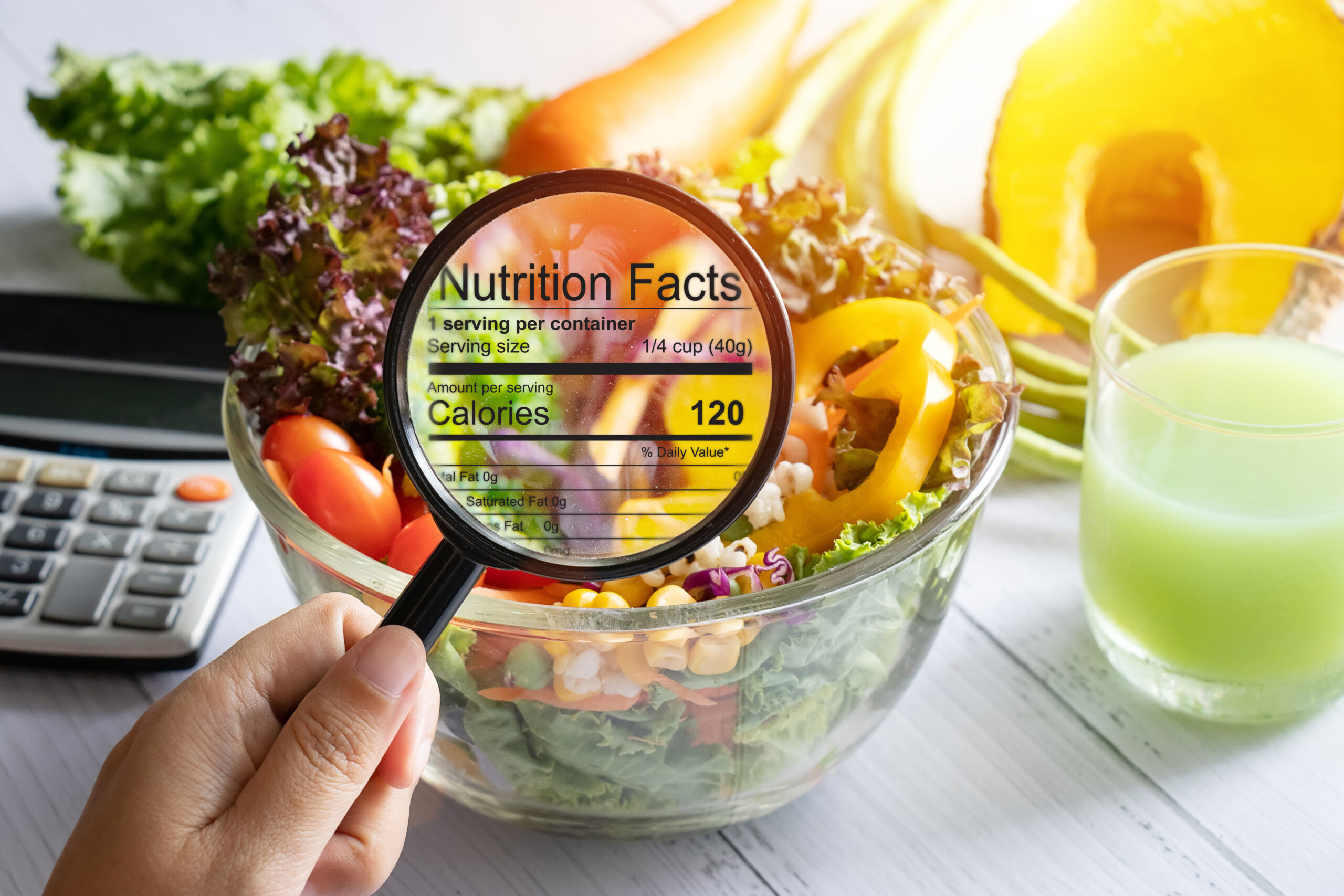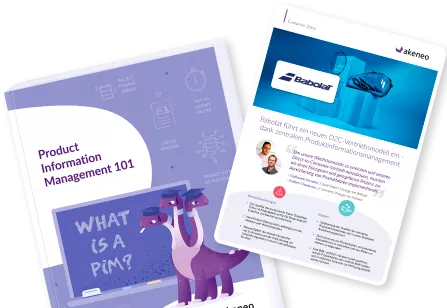In the realm of food safety and consumer rights, few pieces of legislation have made as significant an impact as Natasha’s Law. Introduced in the United Kingdom, Natasha’s Law plays a foundational role in protecting individuals with food allergies, reshaping the landscape of food labeling regulations, and changing the way businesses handle information about their products’ contents.
Though the law now works to safeguard vulnerable individuals, its genesis is rooted in a truly tragic event. Natasha Ednan-Laperouse, a young woman with a severe sesame allergy, suffered a fatal allergic reaction after consuming a baguette from a food chain. The packaging failed to mention the presence of sesame seeds – a devastating oversight. This heartbreaking event illuminated a significant gap in food labeling regulations, and led to the introduction and enactment of what is now known as Natasha’s Law in October 2021.
Prior to this event, businesses did not have to individually label full ingredient lists onto freshly made and pre-packaged foods in the UK. Natasha’s Law increased food labeling regulations, requiring that full ingredient and allergen labeling be included on pre-packaged for direct sale (PPDS) food. Specifically, allergens must be highlighted on the label, making them easy to spot. By putting these regulations in place, the law seeks to arm consumers with all of the necessary information to make safe and informed choices, reducing the risk of adverse health effects caused by undisclosed ingredients.
What is PPDS food?
PPDS stands for pre-packaged for direct sale, and refers to foods that are packaged at the same place they are sold to consumers and are in this packaging before being ordered. These foods are prepared on-site, ahead of time, and packaged ready for sale.
PPDS food can cover a wide range of items, such as sandwiches prepared on-site and packaged for sale, boxed salads in refrigerated units, or bakery items like muffins, cookies, or breads pre-packaged in the store. Essentially, if the food is packaged on-location before a customer orders it, it’s considered PPDS food.
Who’s affected by Natasha’s Law?
Primarily, Natasha’s Law impacts food manufacturers, retailers, and brands in the UK.
- Food Manufacturers: Natasha’s Law has sparked a significant shift for food manufacturers. Prior to the law, manufacturers were not required to list full ingredients on PPDS food. Now, manufacturers must have detailed systems in place to accurately label all ingredients and allergens on their pre-packaged food. Not only does this involve a careful audit of all ingredients, but it also means that manufacturers need to keep these records up-to-date and accurate in the event of any changes to their products’ ingredients. Failure to comply has major consequences, including significant fines.
- Retailers: Retailers of all sizes, from large supermarkets to small corner shops, cafes, and even vending businesses that sell PPDS food must comply with Natasha’s Law. This means retailers must closely collaborate with their suppliers to ensure that the information they receive is accurate and up-to-date. Having the right tools in place to gather and organize this information from suppliers is critical.
- Brands: Brands in the food sector also need to ensure that any pre-packaged foods they produce are fully compliant with Natasha’s Law. Beyond mere compliance, this is an important opportunity for brands to showcase their commitment to consumer safety and transparency, building trust and strengthening their relationships with customers.
What’s required by Natasha’s Law?
Natasha’s Law requires full ingredient and allergen labeling on all PPDS foods. This means every ingredient used in the food must be listed. In addition, the 14 allergens specified by the EU Food Information for Consumers Regulation must be highlighted in some way, such as with bolded, italicized, or differently colored text. The 14 allergens that must be emphasized are:
- Celery
- Cereals containing gluten (e.g. barley and oats)
- Crustaceans (e.g. prawns, crabs and lobsters)
- Eggs
- Fish
- Lupin
- Milk
- Molluscs (e.g. mussels and oysters)
- Mustard
- Peanuts
- Sesame
- Soybeans
- Sulfur dioxide and sulphites (if they are concentrated at more than ten parts per million)
- Tree nuts (e.g. almonds, hazelnuts, walnuts, brazil nuts, cashews, etc.)
Utilize PIM to Ensure Compliance with Natasha’s Law
Managing complex ingredient lists and allergen data across a variety of pre-packaged products can be incredibly difficult, but it’s crucial for businesses to successfully do so, not just for compliance with Natasha’s Law, but for the safety of consumers. That’s where a product information management (PIM) solution can help. PIM systems act as a central hub for all product data, providing a single source of truth for businesses. They allow you to manage, organize, update, and distribute large amounts of data across a variety of products quickly, easily, and accurately, which makes a PIM system the perfect tool for Natasha’s Law compliance. Businesses can easily record every ingredient for every product, as well as any allergens they may contain. The system can even be configured to automatically highlight the 14 required allergens, reducing the burden on product teams while also ensuring they’re clearly flagged for consumers.
A PIM system also helps with accuracy. Recipes often change, whether because of a new supplier, reformulation, supply chain shortages, or a myriad of other causes. Whenever an ingredient changes, that information can be updated in the PIM system and quickly reflected across all products. This eliminates the need for manual updates, reducing the risk of errors which could have serious consequences.
For retailers working with a variety of suppliers, a PIM system can seriously reduce workload, errors, and time spent chasing critical ingredient information. Suppliers can provide their product data in a format that can be easily imported into your PIM system. This allows you to manage all product data centrally, ensure it’s compliant, and distribute it quickly and efficiently to all necessary channels.
While Natasha’s Law introduces stricter regulations for food manufacturers, retailers, and brands, it’s a crucial step in protecting consumers and providing them with the information they need to make safe choices. Centralizing product information into a PIM allows businesses to comply with Natasha’s Law without requiring a significant investment in new resources or increasing the workload on existing product information teams. By understanding the law and leveraging the right tools, businesses can ensure compliance, reduce risks, and most importantly, safeguard their customers’ health.






